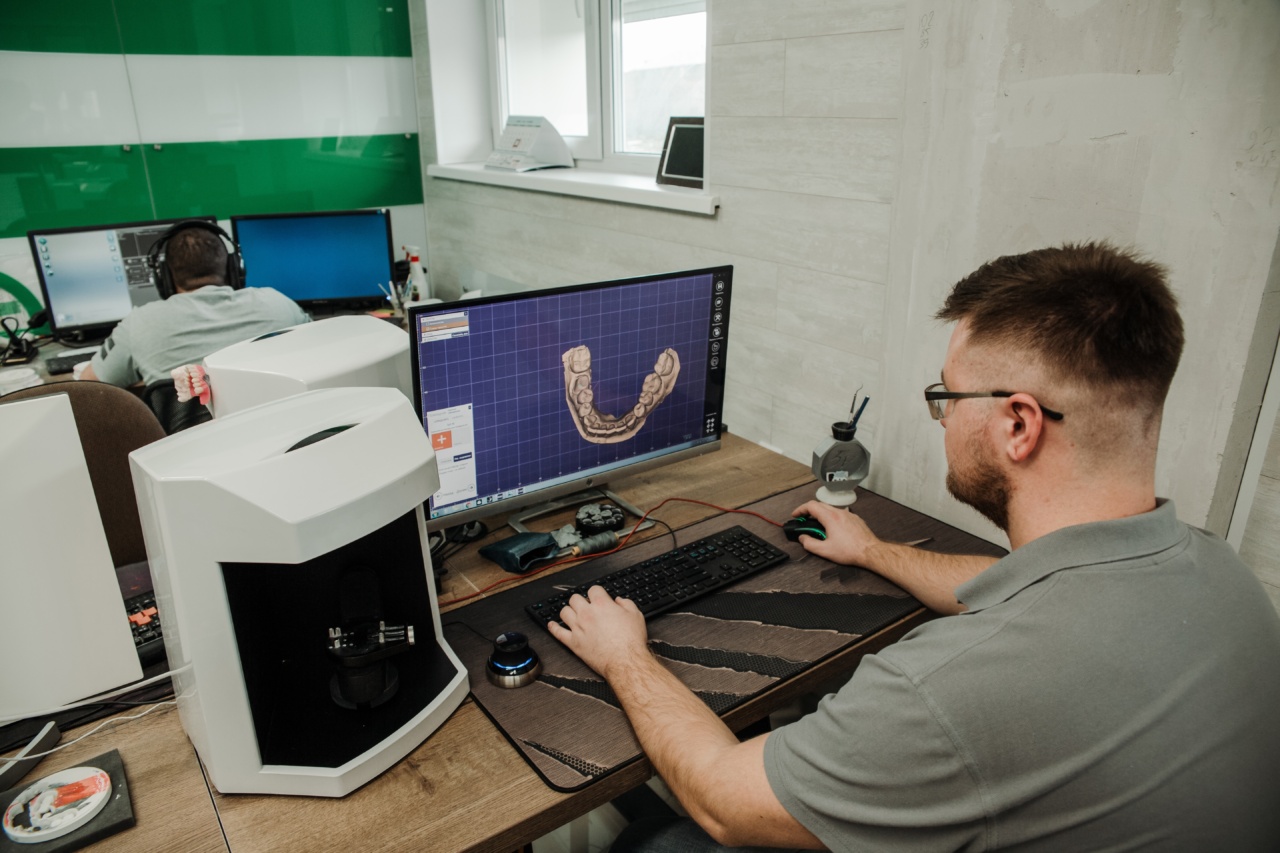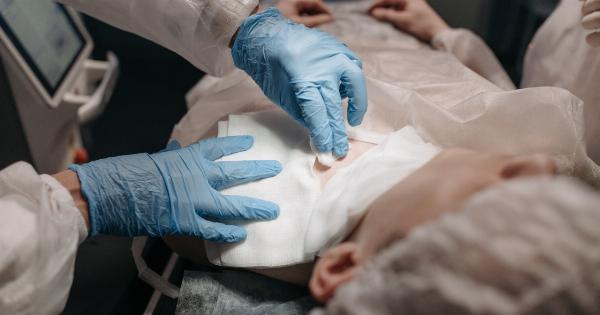Back pain is a prevalent issue that affects millions of people worldwide. It can significantly impact an individual’s quality of life, making even the simplest tasks seem daunting.
For those who have tried various treatments and remedies without success, there is hope on the horizon. In the UK, experts have created an innovative solution to alleviate chronic back pain: an inflatable spine implant.
Understanding Chronic Back Pain
Chronic back pain refers to persistent discomfort and soreness in the back that lasts for extended periods, typically exceeding three months.
It can be caused by a variety of factors, including herniated discs, spinal stenosis, nerve compression, or musculoskeletal issues, among others. Traditional treatments for chronic back pain range from physical therapy and medications to surgery. However, these options may not always offer long-lasting relief.
The Concept behind the Inflatable Spine Implant
The inflatable spine implant is a groundbreaking solution developed by a team of experts in the United Kingdom. The implant consists of a small device that can be easily inserted into the spinal canal through minimally invasive surgery.
Once in place, it can be inflated to provide support, alleviate pressure on the affected area, and offer relief from chronic pain.
The Benefits of the Inflatable Spine Implant
This new invention offers numerous advantages over traditional treatments for chronic back pain:.
1. Minimally Invasive
The inflatable spine implant procedure is minimally invasive compared to traditional back surgeries. This means smaller incisions, reduced scarring, and faster recovery times for patients.
2. Tailored to Patient’s Needs
Each inflatable spine implant can be customized to suit the specific requirements of individual patients. The level of inflation can be adjusted to provide optimal pain relief and support.
3. Long-Lasting Relief
The inflatable spine implant offers the potential for long-lasting pain relief. Unlike temporary measures such as pain medications, the implant addresses the root cause of the pain and provides continuous support.
4. Non-Disruptive to Daily Life
Following the procedure, patients can continue with their day-to-day activities without significant disruptions. The implant’s discreet design ensures that it does not interfere with bodily movements or cause discomfort.
The Procedure: How the Implant Works
The inflatable spine implant procedure involves the following steps:.
Step 1: Diagnosis and Assessment
Prior to the surgery, patients undergo a thorough examination and imaging tests to diagnose the cause of their chronic back pain. This evaluation helps the medical team determine the suitability of the inflatable spine implant as a treatment option.
Step 2: Minimally Invasive Surgery
The surgery to insert the inflatable spine implant is performed using minimally invasive techniques. This reduces the risk of complications and promotes quicker recovery times.
The surgeon makes a small incision and guides the implant into the spinal canal using specialized instruments.
Step 3: Inflating the Implant
Once the implant is correctly placed within the spine, it can be inflated to the desired level. This inflation provides necessary support to the affected area, relieving pressure and reducing pain.
Step 4: Monitoring and Adjustment
Following the procedure, patients are monitored to ensure the implant works effectively. If necessary, adjustments can be made to the level of inflation to maximize pain relief.
Expected Results and Patient Experiences
Early studies and patient testimonials indicate promising results regarding the inflatable spine implant. Many individuals have reported a significant reduction in pain levels and improved overall quality of life.
However, as with any medical procedure, individual experiences may vary, and additional research is required to measure its long-term efficacy.
Conclusion
The creation of the inflatable spine implant marks a significant breakthrough in pain relief for individuals suffering from chronic back pain.
With its minimally invasive nature, tailored approach, and potential for long-lasting relief, it offers new hope to those who have exhausted other treatment options. However, like any innovative medical procedure, ongoing research and evaluation are necessary to ensure its safety and efficacy in the long run.


























